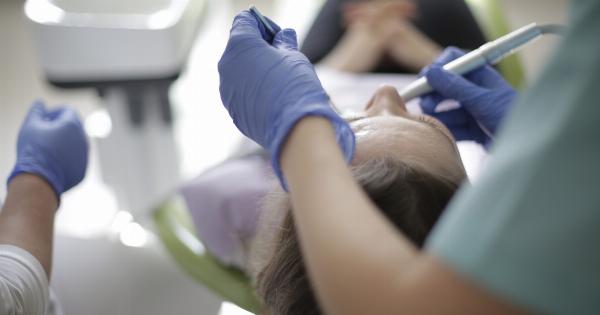Childhood skin cancer is a rare condition characterized by the abnormal growth of skin cells.
While it may seem unlikely for children to develop skin cancer, it is still important for parents and caregivers to be vigilant and aware of the signs and symptoms. Early detection and timely treatment can greatly improve the prognosis for children with skin cancer. In this article, we will discuss how to identify childhood skin cancer, including its types, risk factors, and common signs to watch out for.
Types of Childhood Skin Cancer
There are several types of skin cancer that can affect children. The most common types include:.
Basal Cell Carcinoma (BCC)
Basal cell carcinoma is the most common type of skin cancer in children. It typically appears as a small, shiny bump or a waxy, pale scar-like lesion. BCC is slow-growing and rarely spreads to other parts of the body.
Squamous Cell Carcinoma (SCC)
Squamous cell carcinoma is less common in children compared to adults, but it can still occur. SCC often appears as a firm, red nodule or a scaly, flat patch on the skin. It has a higher tendency to spread to other areas of the body compared to BCC.
Malignant Melanoma
Malignant melanoma is a more aggressive form of skin cancer that can occur in children. It usually appears as an unusual-looking mole or pigmented spot on the skin. Melanoma can spread to other organs if not detected and treated early.
Risk Factors for Childhood Skin Cancer
While it is not always possible to identify the exact cause of childhood skin cancer, there are several risk factors that can increase the likelihood of its development. Some of these risk factors include:.
Family History
Children with a family history of skin cancer have a higher risk of developing the disease themselves. It is important to be aware of any family history of skin cancer and inform your child’s healthcare provider.
Excessive Sun Exposure
Prolonged and unprotected exposure to the sun’s harmful ultraviolet (UV) rays can significantly increase the risk of developing skin cancer.
Children who spend a lot of time outdoors, especially without appropriate sun protection, have a higher risk of skin cancer.
Fair Skin
Children with fair skin, light-colored hair, and light-colored eyes are more susceptible to the damaging effects of UV radiation. Due to less melanin in their skin, they have less natural protection against the sun’s harmful rays.
Immunosuppression
Children who have a weakened immune system, often due to certain medical conditions or medications, have an increased risk of developing skin cancer.
The immune system plays an important role in identifying and destroying abnormal cells, including cancer cells.
Common Signs of Childhood Skin Cancer
It is crucial to be familiar with the common signs and symptoms of childhood skin cancer to facilitate early detection and prompt medical intervention. Here are some signs to watch out for:.
Unusual Moles or Birthmarks
If you notice any new moles or birthmarks on your child’s skin that appear abnormal, it is essential to have them evaluated by a healthcare professional. Look for moles with irregular borders, uneven coloration, or rapid changes in size or shape.
Sores or Ulcers That Do Not Heal
Non-healing sores or ulcers on the skin can be a sign of skin cancer. If a sore or wound does not show signs of improvement within a reasonable time frame, it is recommended to seek medical attention.
Bumps or Lesions That Bleed Easily
Any bump or lesion on the skin that bleeds easily, without any apparent cause, should be evaluated by a healthcare professional. Skin cancers can be fragile and may bleed with minimal trauma.
Scaly or Crusty Patches
Persistent scaly or crusty patches on the skin, especially on sun-exposed areas, may indicate the presence of skin cancer. These patches may appear red, pink, or flesh-colored.
Changes in Existing Moles
If your child has existing moles, it is essential to monitor them for any changes. Look for moles that become larger, change color or shape, have irregular borders, or become itchy or painful.
























